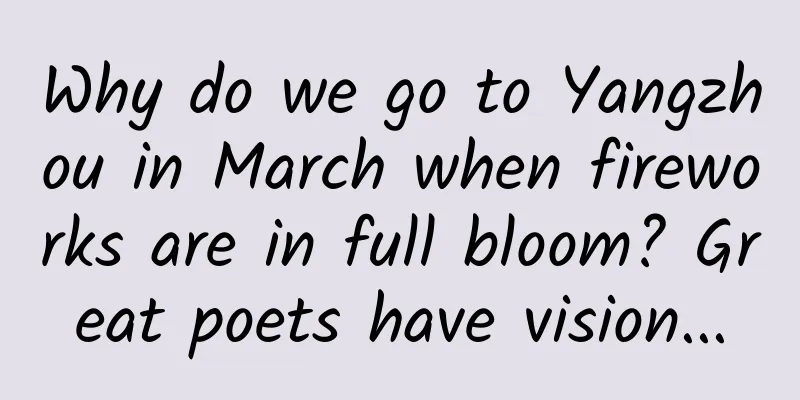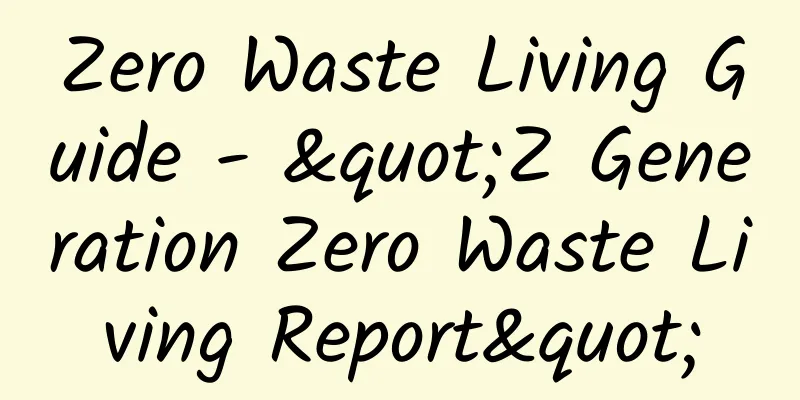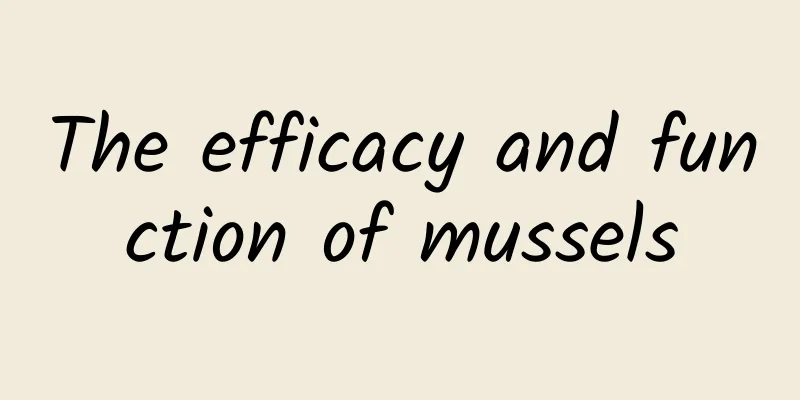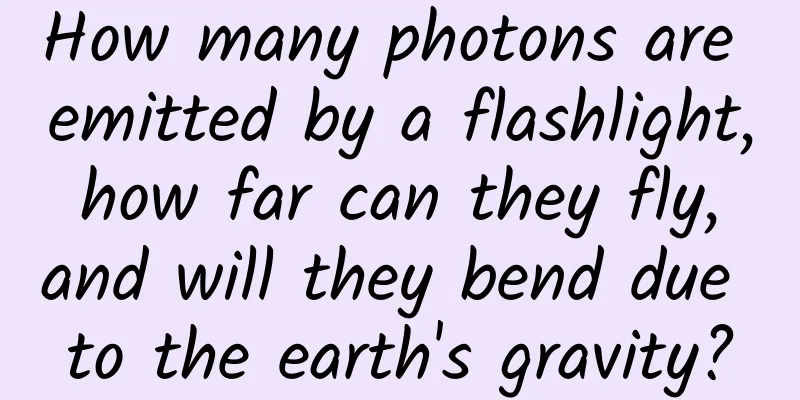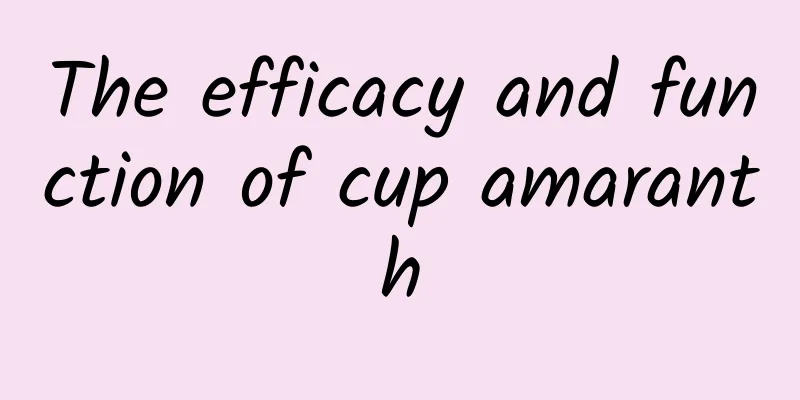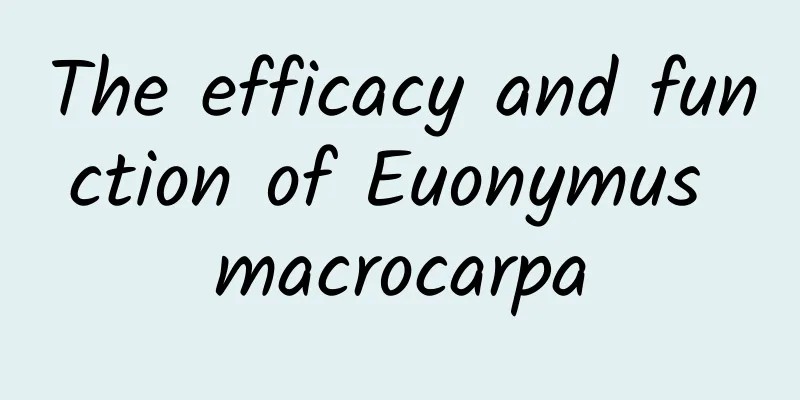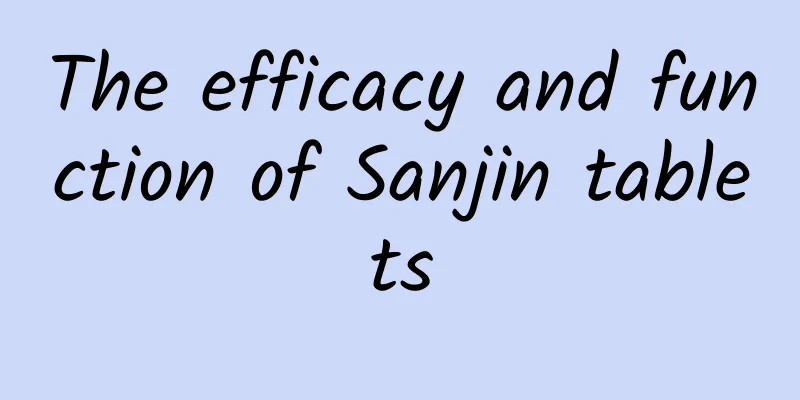What are the effects of traditional Chinese medicine Guangmuxiang
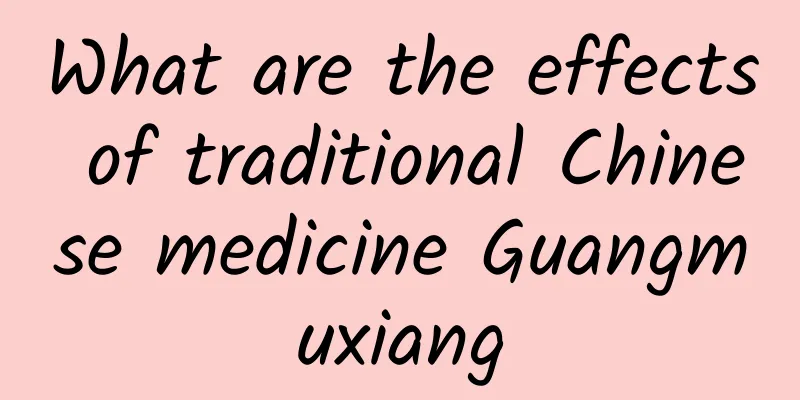
|
Traditional Chinese medicine is relatively common in our lives and has a very long history. Many people choose to use traditional Chinese medicine for treatment when treating diseases because it has no side effects. Guangmuxiang is a kind of Chinese herbal medicine. It has certain effects on driving away body cold and helping gastrointestinal digestion. So what are the effects of the traditional Chinese medicine Guangmuxiang? 【Nature and flavor】: Pungent taste; bitter; warm in nature. ① "Ben Jing": spicy, warm. ② "Tangye Materia Medica": It has a hot nature, a bitter taste, and is non-toxic. Meridians: Enters the lung, liver and spleen meridians. ① "Bencao Yanyi Buyi": runs through the liver meridian. ② "Leigong Paozhi Yaoxing Jie": six meridians: heart, lung, liver, spleen, stomach, and bladder. 【Medicinal Part】: It is the root of Auckiandialappa Decne. 【Origin and distribution】: It is mainly distributed in Shaanxi, Gansu, Hubei, Hunan, Guangdong, Guangxi, Sichuan, Yunnan, Tibet and other places in my country, where it has been introduced for cultivation. It is mostly planted in northwestern Yunnan and has a large yield. Native to India. 【Morphological characteristics】: Perennial herb, 1.5 to 2 m tall, with a thick taproot. Stems sparsely pubescent. The stem leaves have long petioles, the leaf blades are triangular-ovate or long triangular, 30-100 cm long, 15-30 cm wide, with a cordate base that extends downward into irregularly split wings, irregularly wavy or shallowly lobed edges with sparse thorns, and short hairs on both sides; the base of the stem leaves is wing-shaped and clasping the stem. The capitula is terminal and axillary, with a diameter of about 3 cm. The inflorescence is usually clustered at the top of the peduncle, with about 10 layers of bracts; the corolla is dark purple and 5-lobed; there are 5 stamens, which are polyandrous; the ovary is inferior, and the style extends out of the corolla. Achenes are long conical with two layers of feathery pappus at the top. The flowering period is from July to August, and the fruiting period is from August to October. 【Usage and Dosage】: For internal use: decoct in water, 3-10g; or make into pills or powder. 【Notes】: Patients with yin deficiency and insufficient body fluids should take with caution. ① "Bencao Jingshu": Those with lung deficiency and heat should be careful not to offend it. It is forbidden to use for patients with vital energy exhaustion, yin deficiency and internal heat, various diseases with heat, and heart pain caused by fire. ② "Depei Materia Medica": It is forbidden to use for those with dryness and heat in internal organs and weak stomach qi. 【Effects and functions of wood fragrance】: Promotes qi circulation and relieves pain; regulates the middle and removes stagnation. It is used to treat distension and fullness in the flanks and sides of the abdomen; distension and pain in the epigastrium; vomiting, diarrhea; and heaviness after dysentery. It is used for chest and abdominal distension and pain, heaviness after diarrhea, indigestion, and loss of appetite. ① "Ben Jing": It can treat evil spirits, ward off poison and epidemics, strengthen the will, and treat stranguria and dew. ② "Bielu": Treats poor qi and coldness in the muscles; treats insufficient qi, disinfects, treats warm malaria, and is the essence of medicine. ③ "Bencao Jing Jizhu" (Collected Annotations to the Classic of Materia Medica): It can cure toxic swelling and eliminate bad breath. ④ "Materia Medica": For treating unbearable heart pain caused by blood and qi piercing the heart in women, grind it into powder and take it with wine. It can treat several types of heartache, long-term cold, lumps and swellings caused by ringworms, and dispelling all kinds of stagnant qi that causes depression. Treats cholera, vomiting and diarrhea, and abdominal pestilence. ⑤ "Bencao Gangmu" (Bencao Gangmu): Treats all kinds of gas in the heart and abdomen, stops diarrhea, cholera, dysentery, stabilizes the fetus, strengthens the spleen and aids digestion. Treats emaciation, cold pain in the bladder, vomiting and regurgitation. ⑥ Wang Haogu: Treats Chong meridian disease, reverse qi and internal urgency. Mainly used for bladder leakage and urinary constipation. ⑦ "Bencao Tongxuan": Regulates hernia. The above is an introduction to the effects of the traditional Chinese medicine Guangmuxiang. The medicinal value of Guangmuxiang is actually quite high. It can help us relieve gastrointestinal bloating and physical weakness, and it can also help expel some toxins from the body. It also has a certain preventive and therapeutic effect on cardiovascular and cerebrovascular diseases, so everyone must make good use of its effects in normal times. |
<<: What are the effects of Chinese medicine gypsum
>>: What are the effects of the traditional Chinese medicine Fushen?
Recommend
A family member is suddenly diagnosed with cancer, what can we do for them?
It is inevitable that relatives, friends, and acq...
More than a year after the Black Soil Protection Law was implemented, what has happened to the "giant pandas" in the cultivated land?
Written by reporter Chen Yongjie Photo and text e...
J-20, J-10CE, Xiaolong, H-6K... the "phalanx" of domestically produced aircraft unveiled at the Paris Air Show
Recently, at the 54th Paris Air Show, the "C...
Plantain is not suitable for people
Salt plantain seed is a very common Chinese herba...
After seeing this “bacteria level”, do you still dare to use toilet paper to wipe your child’s mouth?
Audit expert: Zhu Guangsi Member of Beijing Scien...
"Chinese medicine store prepared sour plum soup" is popular, but 4 types of people are not suitable for drinking it
According to media reports, recently, videos of C...
The efficacy and function of cat's claw
Medicine is very common in life. There are thousa...
The efficacy and function of iron-wrapped gold
The Chinese medicine Iron-wrapped Gold is a relat...
Popular Science in Central Plains丨@Grandpa and Grandma, all the questions you care about about the new coronavirus vaccination are here!
Dahe.com (Reporter Shen Hua) At present, the COVI...
The efficacy and function of tree tiao
Do you know what tree tiao is? If you know, do yo...
A star has fallen! Remembering Academician Huang Xuhua: He lived in anonymity for 30 years and worked hard for national defense
Today (7th) China Shipbuilding 719 Institute issu...
What are the medicinal values of reed root
There are many Chinese herbal medicines in my cou...
Soil is made of decayed matter? No
Every day, people are born on Earth, and every da...
Is driving in the sun more dangerous in winter? | Car "rumor" crusher
Nowadays, cars play an indispensable role in our ...
People who feel that "nothing is interesting" may not be depressed, but they are ignoring this crisis.
Have you ever had this question: "Why do som...
